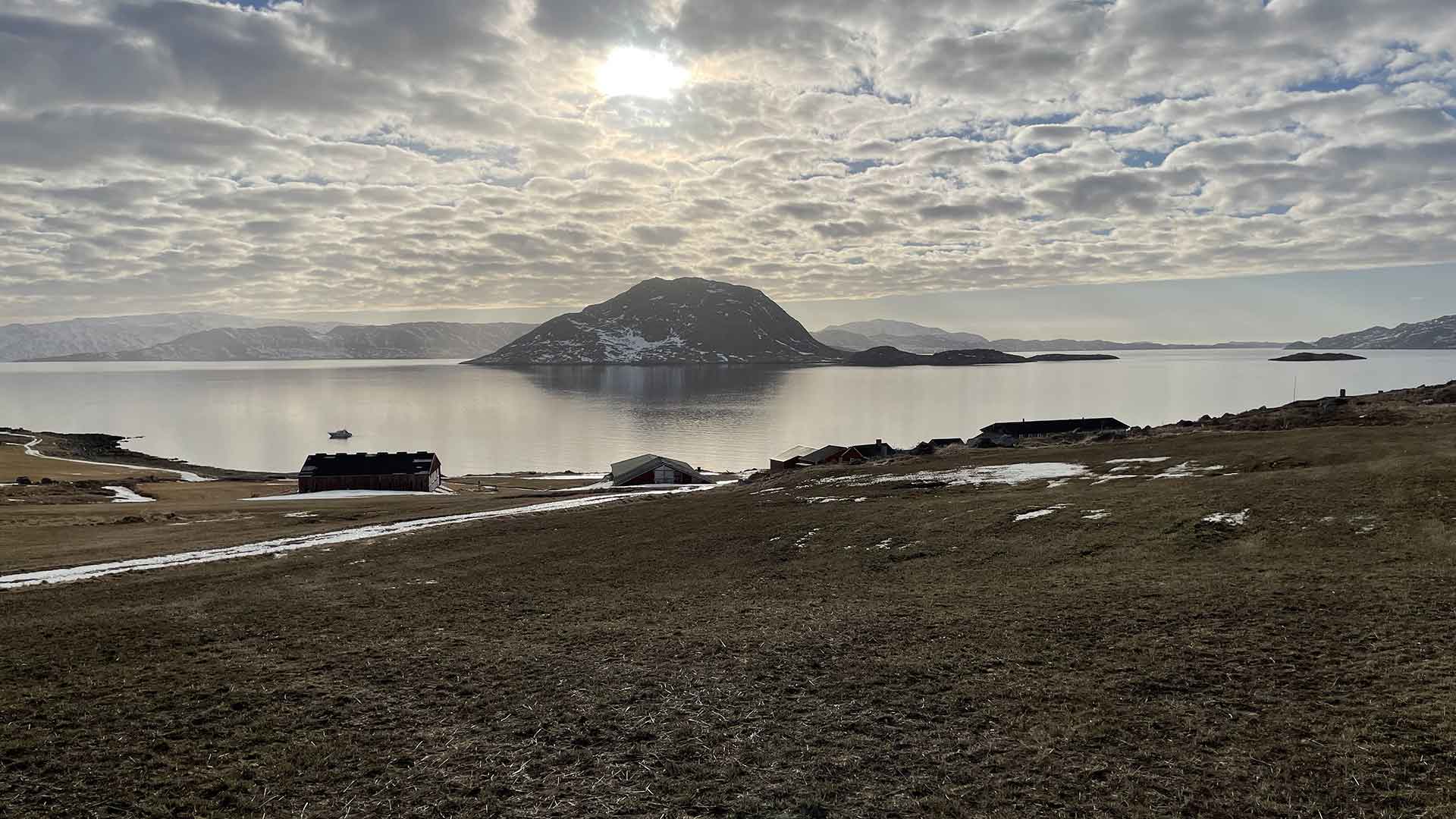For the wondering city dweller flying to Narsarsauq, looking down on the large white rolls in the fields can be a mystery. But the rolls hold Greenland’s dream of becoming more self-sufficient
By Uffe Wilken, Polarfronten
Why should Greenlandic consumers settle for imported foodstuffs that can be both expensive and not very appetizing? In a few years, they won’t have to if it is up to Greenlandic politicians. The politicians have a vision for increasing the Greenlandic self-provision of selected foodstuffs.
To eat a piece of oneself
Over the last few years, a lot of attention has been paid to food and the Greenlandic kitchen’s use of local foodstuffs with initiatives such as FoodLab Greenland and NERISA – an Arctic Food Cluster. Food is obviously central to everybody, but in Greenland food does not only mean something on the plate. As newly appointed Chairwoman of the Agricultural Council Natuk Lund Olsen puts it:
“Kalaalimernit means Greenlandic food. Figuratively speaking it means ‘a piece of Greenlander’. You eat a piece of yourself. It’s a really strong identity marker especially if you consider it the way the concept is applied here in Greenland.”



